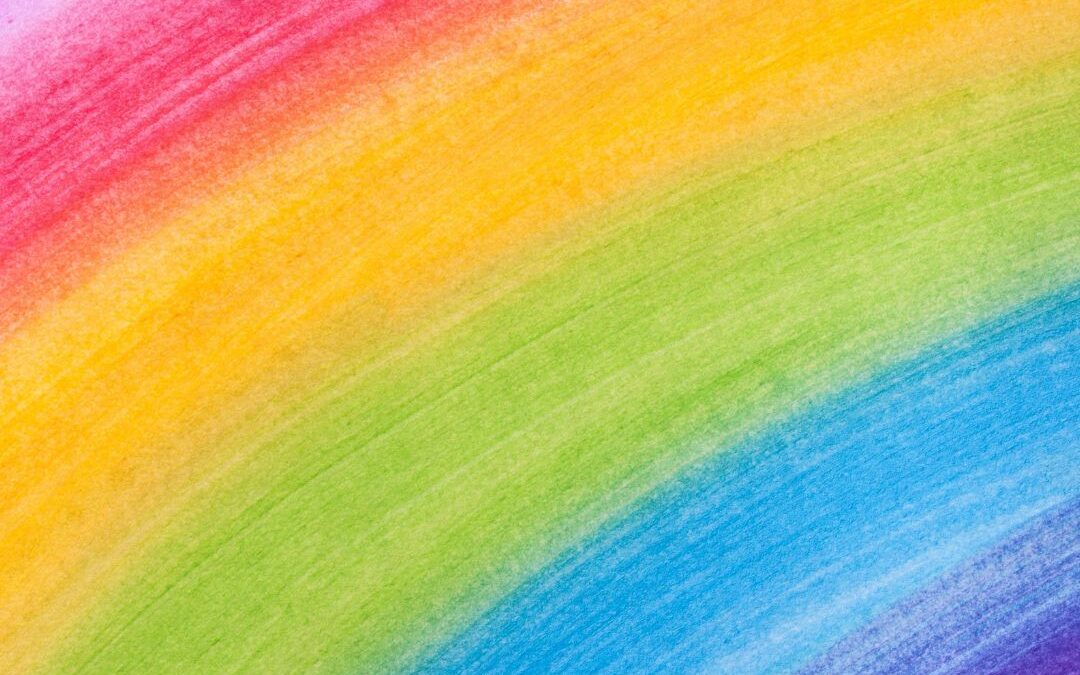What Does Each Color Represent?: Understanding Color
What does each color represent? Colors are more than just visual stimuli; they evoke emotions, influence behaviors, and communicate messages without words. Understanding color is essential in various fields, from art and design to marketing and psychology. In this blog post, we will explore the meanings behind different colors and how they can impact our perceptions and feelings.
The Psychology of Color
Before diving into the specific meanings of colors, it’s important to understand the psychology behind them. Colors can trigger emotional responses and shape our experiences. For instance, warm colors like red and orange can evoke feelings of warmth and excitement, while cool colors like blue and green often promote calmness and tranquility. This psychological aspect of color is why it plays a crucial role in branding, interior design, and even personal style.
Red: Passion and Energy
Red is a powerful color that represents passion, energy, love, and intensity. It’s often associated with strong emotions such as anger or desire. In marketing, red is frequently used to grab attention; think of clearance sales or special promotions that use red signage to entice customers. Additionally, red can increase heart rates and create a sense of urgency—making it an effective choice for call-to-action buttons on websites.
Orange: Creativity and Enthusiasm
Orange combines the energy of red with the happiness of yellow. It represents creativity, enthusiasm, warmth, and encouragement. This vibrant color is often used in advertising to stimulate mental activity and encourage social interaction. Brands that want to convey a sense of playfulness or innovation may choose orange as their primary color.
Yellow: Happiness and Optimism
Yellow is synonymous with sunshine, joy, optimism, and happiness. It’s a bright color that can stimulate feelings of cheerfulness but should be used sparingly as too much yellow can lead to anxiety or agitation. In design contexts where understanding color is crucial—like branding—yellow can be effective for attracting attention without overwhelming the viewer.
Green: Growth and Harmony
Green represents nature, growth, renewal, fertility, health, balance, and harmony. It’s often associated with tranquility due to its prevalence in nature; think lush forests or serene gardens. In recent years, green has also become synonymous with eco-friendliness as more brands adopt sustainable practices. Utilizing green in branding can convey trustworthiness while promoting an image aligned with environmental consciousness.
Blue: Trustworthiness and Calmness
Blue evokes feelings of calmness but also conveys trustworthiness—making it a popular choice for corporate branding (think banks or tech companies). This cool color promotes serenity while enhancing concentration; thus it’s often used in offices where focus is key. Lighter shades like sky blue are particularly soothing while darker shades exude professionalism.
Purple: Luxury and Creativity
Purple has long been associated with royalty due to its historical significance as an expensive dye reserved for nobility. Today it represents luxury but also creativity—making it popular among brands targeting artistic individuals or high-end markets alike! Purple can stimulate problem-solving abilities while evoking feelings of mystery; therefore using this hue effectively requires careful consideration based on context.
Pink: Love & Compassion
Pink embodies love compassion tenderness femininity nurturing qualities making it widely recognized as a romantic hue! While softer shades evoke gentleness bolder tones may signify confidence assertiveness! Brands targeting female audiences frequently utilize pink because research shows women respond positively towards this shade especially when combined harmoniously alongside complementary colors!
Brown: Stability & Reliability
Brown symbolizes stability reliability comfort earthiness practicality! Often found within natural settings brown evokes warmth coziness familiarity! Businesses aiming at conveying reliability such as financial institutions construction companies tend towards utilizing brown tones effectively communicating their values through visual representation!
Black: Sophistication & Power
Black signifies sophistication elegance power authority mystery! Frequently employed within luxury brands fashion industries black enhances perceived value elevating products’ status significantly! However excessive use might create negative connotations associated darkness negativity so balancing its application remains crucial!
White: Purity & Simplicity
White represents purity simplicity cleanliness innocence fresh starts! Commonly utilized within minimalist designs healthcare sectors white conveys clarity openness honesty creating inviting environments fostering trust between clients professionals alike!
What Does Each Color Represent? – Conclusion
Understanding color goes beyond aesthetics; it’s about tapping into human psychology to convey messages effectively across various domains—from art design marketing even personal expression! By recognizing what each hue represents we gain insight into how best utilize them achieve desired outcomes whether crafting compelling visuals launching successful campaigns enhancing everyday experiences!
Incorporating these insights into your work allows you harness power inherent within colors transforming ordinary interactions extraordinary ones ultimately leading greater success fulfilling endeavors ahead!
Visit our blog page for more interesting articles

